This May the Piermont Public Library presents Portraits by Daniel Kazimierski. The photographs are of students and staff at York University in Toronto arranged in groups of four with quotes sourced from an essay by Josè Ortega y Gasset, The Dehumanization of Art, which Mr. Kazimierski took soon after moving to New York City from a library giveaway bin. Portraits, which won a Small Works Competition at Washington Square Gallery in the spring of 1980, has not since been displayed. Janet Jones painted the backdrop. There are four more photographs in Portraits and another quote but there is no more room on the library wall.
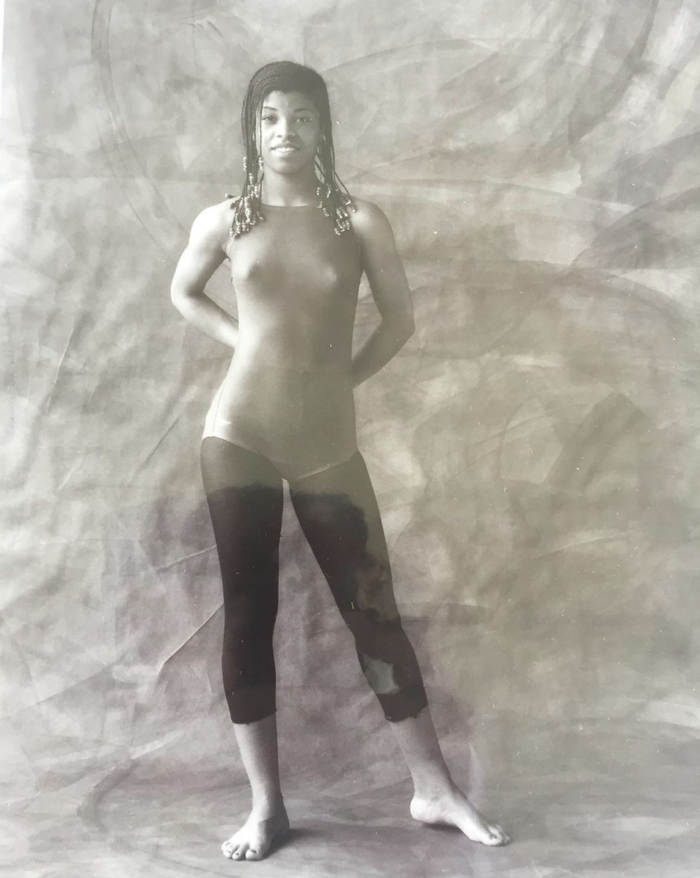
Daniel Kazimierski—we all called him Kaz—taught photography for decades. He helmed the darkroom with humor, skill, and openheartedness. The room doubled as a camera obscura. First day of class in pitch darkness Kaz slid a felt patch from a pinhole in the wall. The street appeared reversed behind us. Below the ceiling people strode. Around our hips street trees rustled.
As a middle schooler photo with Kaz was voyaging to distant lands around the corner. Each class we walked a block or so from school and placed the pinhole camera on a curb we passed perhaps a thousand times. For around a minute daylight flowed through the aperture. Back in the darkroom we leaned over trays in amber light while the immersed paper revealed images familiar and wild.
Memories of the darkroom flooded my mind as I rode the A9 bus from Port Authority. Disembarking my sinuses had to adjust to the blooming Hudson Palisades and invasive, gorgeous marsh grasses. I met Kaz at Bunbury’s Coffee Shop. While I polished off my iced coffee, Kaz told me fondly about the owner and baristas.
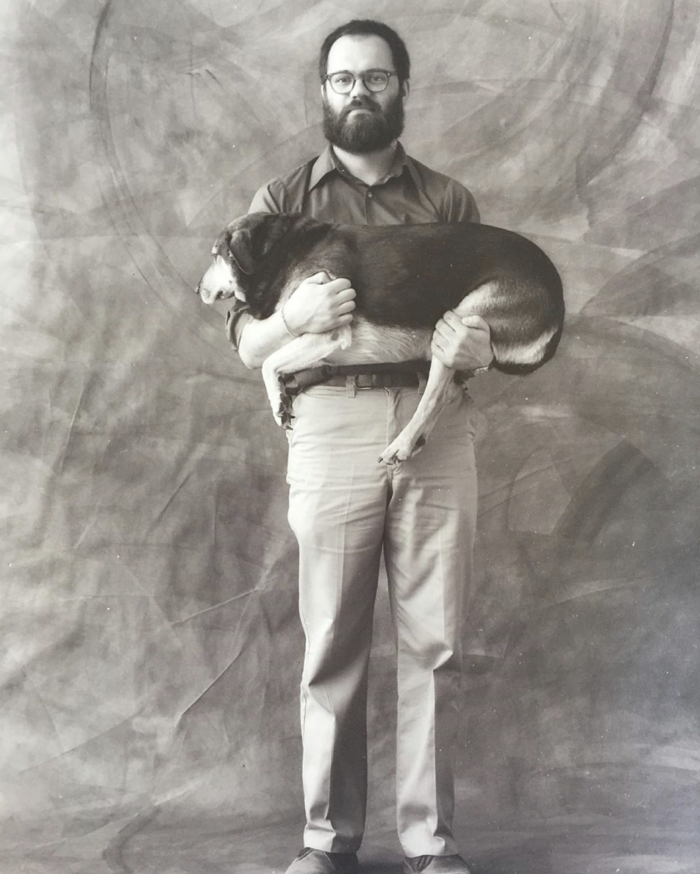
Kaz asked in his Warsaw accent, you hungry? Kaz suggested before the library we go to Canzona’s. “This place has the best egg salad sandwiches on the planet, and the dudes there, the best!” While we drove there Kaz recounted tales of the family of Brooklyn born and raised butchers. The brothers greeted us boisterously. Kaz ordered egg salad sandwiches, and stories. The Canzona brother who sliced pastrami regaled me with tales of mob bosses, divorce papers chopped with a meat cleaver, cops pulling pistols on butchers in iron aprons. The egg salad sandwiches were also delicious. We ate them on the porch with Page, Kaz’s wife, a painter and designer, likewise talented and generous.
Before we left for the library, Kaz showed me around their home. Their pair of curly haired dogs ate carrots like rabbits. A resident duck couple flocked to his porch each day. Kaz lamented that the ducks go without feed when he and Page go to Mabou. Kaz mimed for me how the couple prepares to fly off, bobbing his head and puffing his chest. Kaz fed the carp in the ponds he dug himself. Meanwhile grackles—”so beautiful,” —and chipmunks—”in Polish we call chipmunks American squirrels”—stood by. All were fed. Kaz held up a clamshell he would keep in vinegar until translucent. A spindly rhododendron which never bloomed just had this spring. While we drove to the library, Daniel told me about the postman who was hand applying as a favor hundreds of stamps for an upcoming wedding: “That dude is the man.”
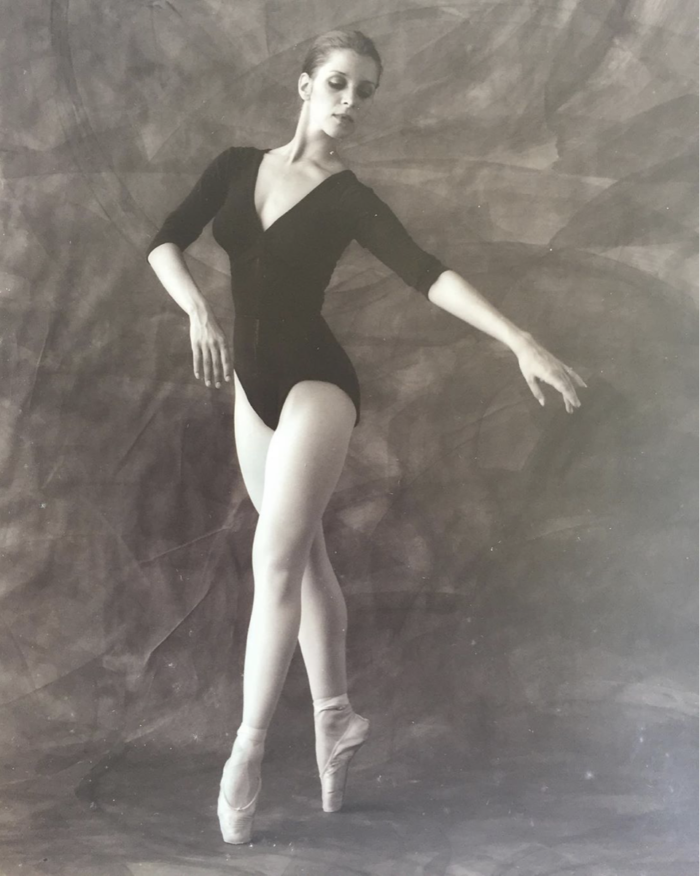
The main room of the Piermont Public Library is welcoming. Large windows overlook a bend in the Hudson. Mr. Kazimierski photographed his friends at York University for Portraits. Lunch ladies, dancers, janitors, the dean, and the painter Janet Jones appear mid frame. The portraits from left to right begin with her. Mr. Kazimierski told me I could begin anywhere.
Let me begin with the backdrop by Janet Jones. Dark strokes arc around feet and head. The strokes deepen the whorled abstraction. One dancer stands barefoot on the dark stroke. The rest pose within these undeclared boundaries.
People pose in clothes they wear to work, and grouped by the work they do. The clothes fit the task. Relations and differences are fleshed out. Everybody is on lunch break, or before shifts. Mr. Kazimierski told me he was good friends with the night guard but could not photograph him. Why I asked. Because he worked at night and the studio was closed.
Mr. Kazimierski arranged the photographs so body language and expression flow well between the four portraits composing each piece. It reminds me of riding the subway home. People have all kinds of things on their minds, stand alone, together. Everybody looks comfortable although some are withdrawn, pensive. This comes from within them, has not been stylized. Most seem happy to see Mr. Kazimierski.
The majority are dancers at York University for a summer program. Dancers’ poses range from on pointe to fourth position to standing with arms dangling. Some wear slippers, some flamenco heels, some go barefoot. A dark skinned dancer stands barefoot gazing deeply into the camera, his appearance anguished and assured. The areolae of another dancer are clearly defined under her leotard. She has the kindest smile. A blond dancer in a striped sailor tank top cocks his chin and smirks.
All seem very much themselves. The custodian holding a broom begins to smile. His work shirt is immaculately clean, his shoes scuffed. A guard grins behind horn-rimmed glasses, his hand hovering above his radio. A janitor with dimples and rolled sleeves cracks his knuckles. His name tag reads Frank.
I could go on telling you about the people. You had better meet them yourself. Why tell the story for the butchers. Let them tell it.
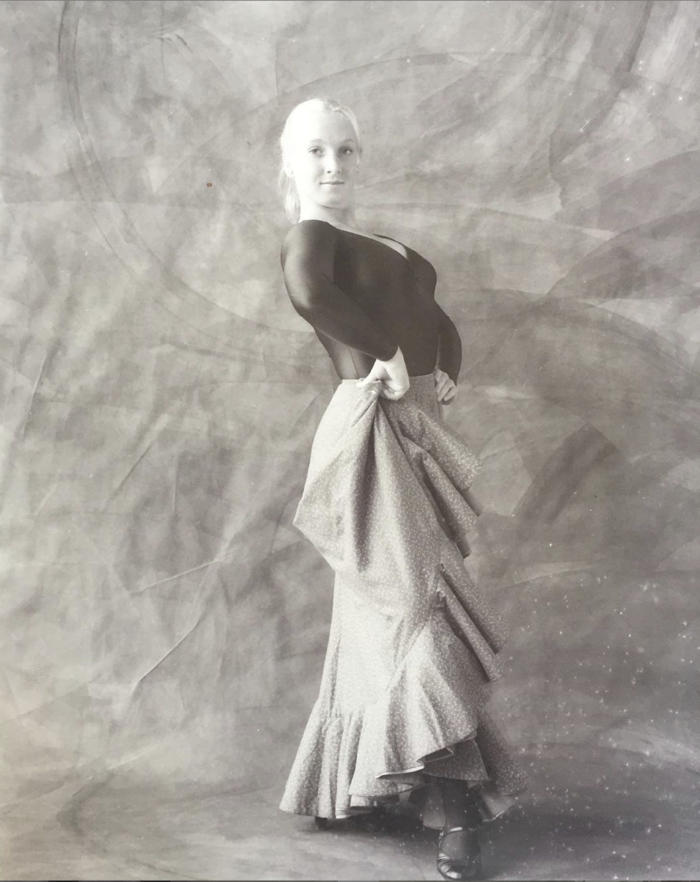
While getting his masters, Mr. Kazimierski wrote for and edited a Polish immigrant newspaper in Toronto. The paper was conservative and Mr. Kazimierski has long been outspoken. He got along better with those who manned the massive letterpress in the basement. They often caught glaring errors, headlines misspelled. The running joke was to let these slide.
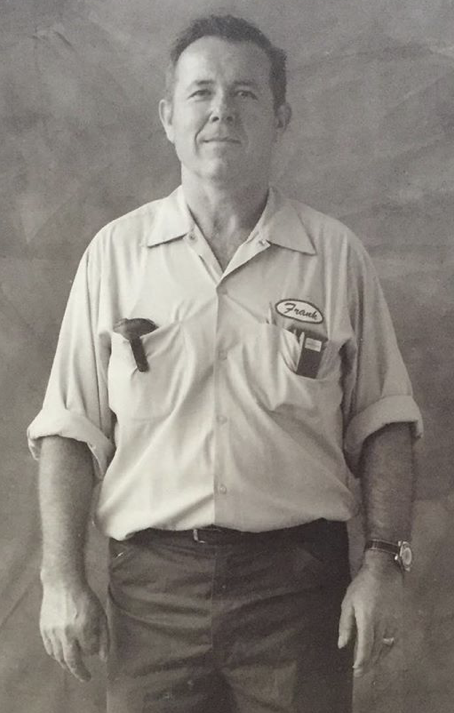
Mr. Kazimiersky realized while discussing Portraits that he only encountered The Dehumanization of Art after he moved to the city. He drove to New York City in a Volkswagen Beetle which once parked was promptly broken into and robbed of all valuables. Police told Mr. Kazimierski that it was safer to sleep in his car than at the station. Mr. Kazimiersky sublet a room that barely fit a bed. He discovered later he paid rent for the entire two bedroom.
Mr. Kazimiesky lived in New York City for twenty years before moving upriver. After his divorce Mr. Kazimiersky went to a therapist who happened to have purchased Portraits from the Small Works Show. The therapists had only accepted Mr. Kazimiersky as a patient to discover what kind of photographer quotes Ortega y Gasset.
Mr. Kazimiersky told me he found The Dehumanization of Art hilarious, and dangerous: Ortega y Gasset argues for art only for artists, that divides and must divide people into classes. With Portraits Mr. Kazimiersky does not debate Ortega y Gasset. He just laughs. Mr. Kazimiersky knows and loves his neighbors. He feeds the ducks and carp. For the same reason Mr. Kazimiersky makes art.